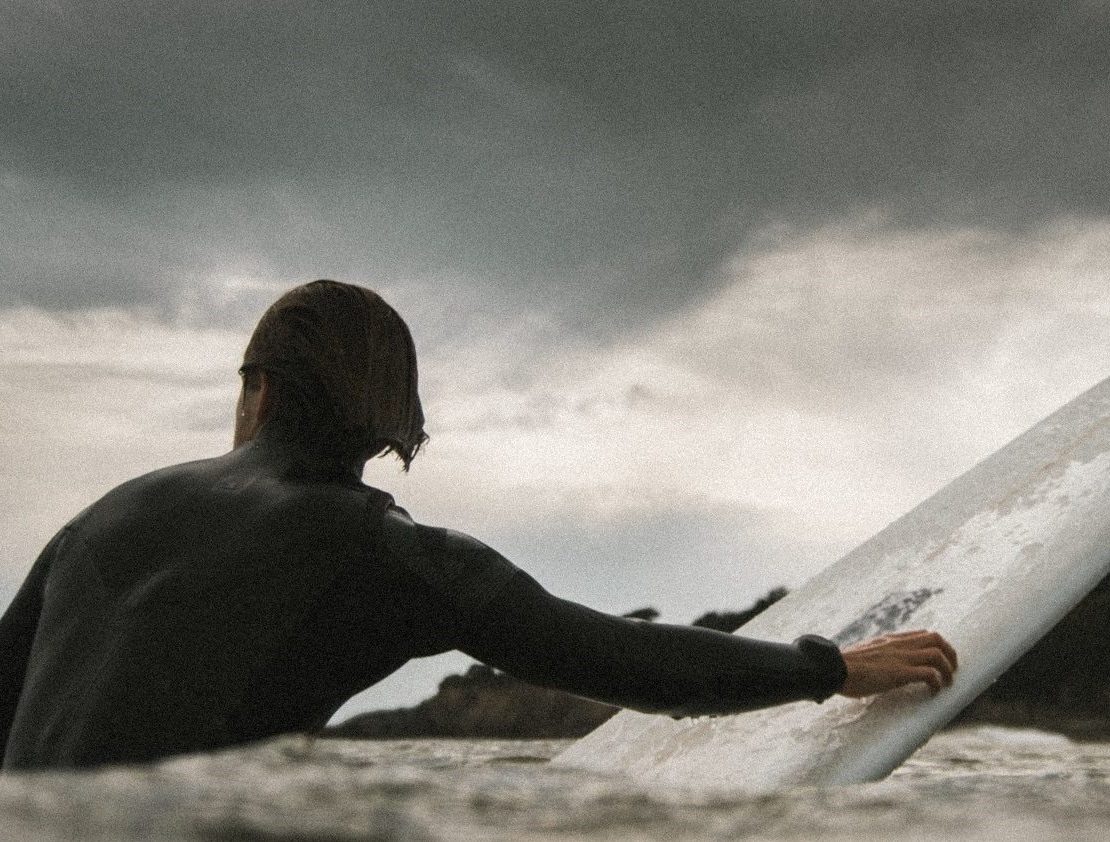As a surfer, learning how to pop up on a surfboard is a skill that you need to get right. There are a variety of ways to execute the perfect pop up, and different people often use different techniques. This article will help you understand some of the different ways you can pop up on a surfboard, as well as giving you some tips and tricks for success!
What is a Pop Up?
The first thing we need to talk about is what a pop up actually is. Basically speaking, a pop up is when you move from being on your stomach on the surfboard, to your feet. This move requires good upper body and core strength, in addition to flexibility. It is a good idea to work out and strengthen your body before trying this move. Believe us, it’s not as easy as it looks!
How Do You Pop Up on a surfboard?
Well, there are a number of different ways you can try this. I will talk you through three popular ones. The first one is named, Hands, Toes and Jump. The technique is pretty easy to remember, as the name kind of gives it away! You start by putting your hands next to your pectorals, or arm pits. Hands flat and tight into your body. Next, you engage your toes, as though you were going to do a push up. Then you jump your feet into position, your front foot is aiming to be between your hands. Once you have caught your balance, keeping your body soft, pick your hands up from the board.
The next technique is similar, but instead of jumping into position, you would walk your feet there. This one is referred to as the take-off. You would need to make sure your body is in the same starting position as the previous technique, with your arms close into your pecs and your hands flat on the board. Then, you push yourself up, with your hands, into a push up/plank position. You would then move you back leg forwards, placing your foot level with your knees. Once you are stable here, move your front leg forwards between your hands. Keep your hands planted on the surfboard, until you feel stable. Then pick your hands up and straighten your body, keeping a relaxed posture.
This tutorial video from Barefoot Surf Travel is an excellent example of how to pop up on a surfboard using the take-off technique if you need a video example:
The last pop up technique we will outline is possibly the most difficult. This is the one that you would aim to achieve, after mastering the first two. This is called a flick jump. The clue, again, is in the name. To begin with, your body would be in the same position on the surfboard, as with the previous two techniques. Now, instead of pushing yourself up, as with the previous two, you would flick your feet back to your knees and snap them back down as you jump them under you. Again, keep your hands flat on the board until you feel you have your balance and then straighten up, keeping your body nice and soft.
Our Top 6 Pop Up Tips
If you want to achieve the perfect pop up, then take a look at these tips.
- Take your time between each step in the sequences. Once you have mastered the basics, you can work towards getting your pop up faster.
- Make sure you look where you want to go. Looking at your feet will make you lose balance.
- Don’t grab hold of the surfboard, sometimes referred to as, ‘grabbing your rails’. This can slow you down and cause you to lose stability.
- Don’t put your knees on the surfboard. This makes the process of popping up take much longer and a hell of a lot more difficult.
- Don’t move your front foot first, this causes your board to dip and you slow down.
- Don’t lock your knees, this makes it hard to adapt to the waves and keep your balance.
Conclusion
This article has outlined three pop up techniques, which increase in difficulty. Remember that practice makes perfect! The perfect pop up is fast, stable, and solid. Keep working on your pop up and eventually, you’ll master this skill!
Enjoyed this article on how to pop up on a surfboard? Check out all of our Surfing Tips here.
Disclaimer: This article contains affiliate links. We may receive a small commission if you make a purchase through one of these links. Please read our Affiliate Disclosure for more information.

